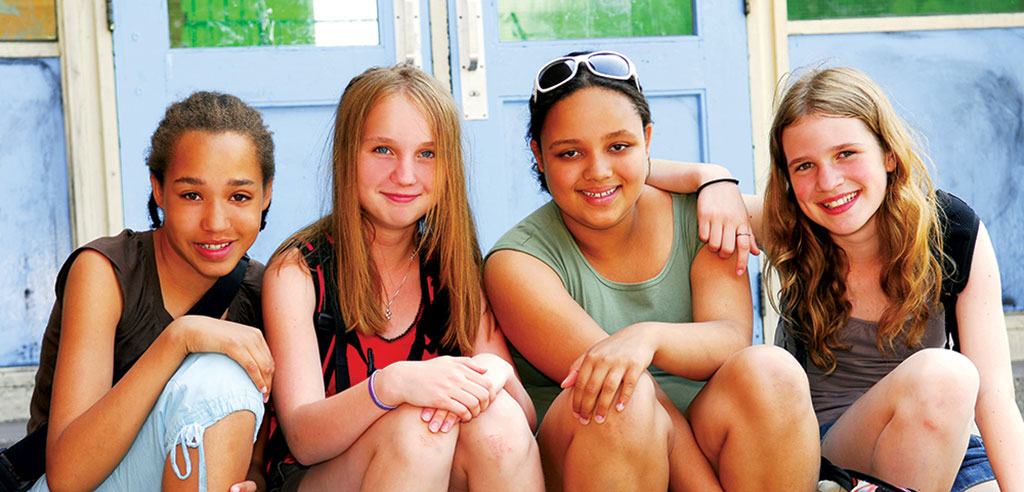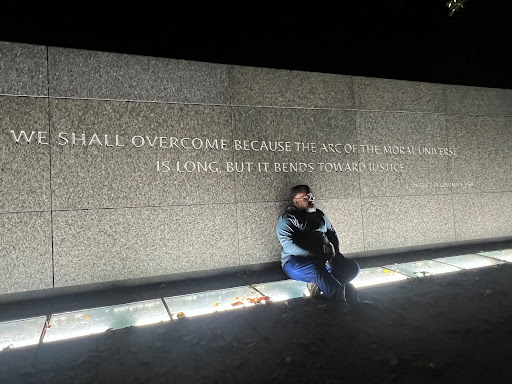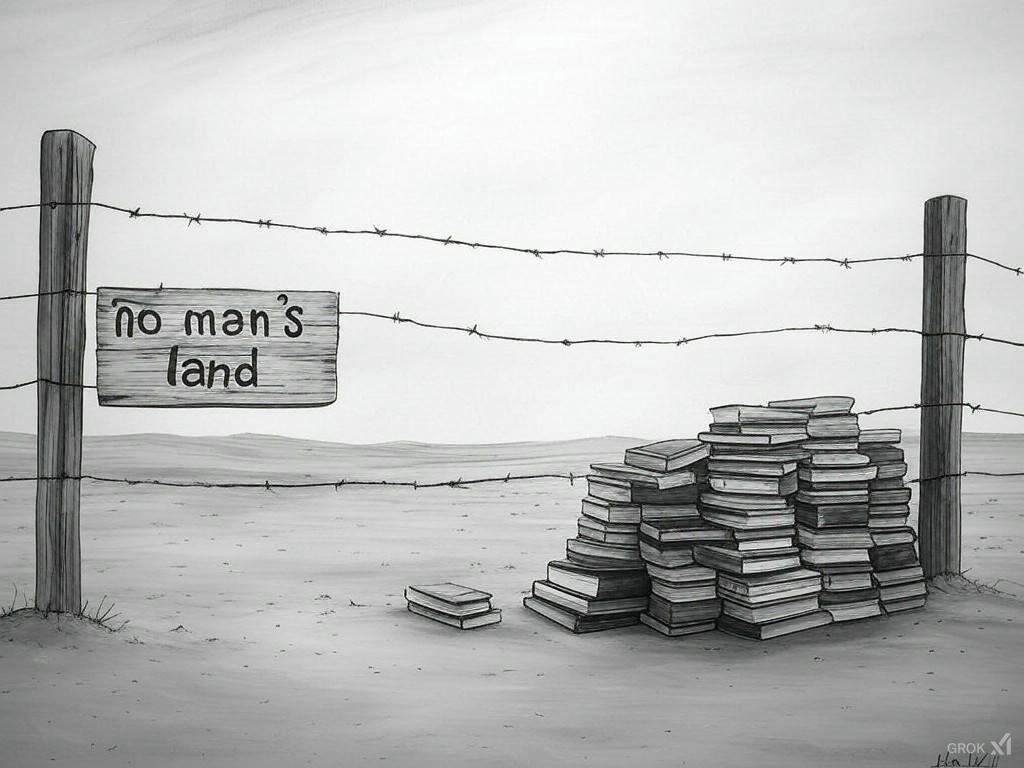To say we are living through unprecedented times is both an instant cliche and a falsehood, since pandemics have rocked the world since time immemorial. But it is safe to say that none of us under the age of 102 has ever experienced the cascading impacts of a pandemic.
There’s no doubt that most people are coping with multiple stresses that interact in ways that might seem almost unbearable.
Parents of school-aged children worry about their kids’ education; about how they can do their work and also act as on-site instructors; about how they can afford the cost of childcare, or in some cases leave their young children unattended; about the safety of their children, themselves, and other loved ones if in-person school resumes.
Teachers worry about how they can do their jobs, either in person under current circumstances, or remotely; about their own health as well as the health of their children, spouses, and parents; about the educational fates of the children they are charged to serve.
District leaders worry about how to make the right call about starting school next month in the face of rapidly shifting facts on the ground, limited state guidance and wholly inept federal leadership; about how to balance the need to ensure everyone’s safety with fulfilling their mission of educating children; and about the nuts-and-bolts logistics of running big systems that lack nimbleness at a time when extreme nimbleness is required.
All of these worries exist against a backdrop of legitimate grievances of long standing, brought even more sharply into focus by the pandemic’s uneven impacts and the national reckoning catalyzed by the murder of George Floyd.
Underlying everything, of course, there is a legitimate and widespread belief that something in our way of educating kids is fundamentally broken and needs to be reimagined from the ground up. This is especially true for low-income kids of color. What better time than now? Or, to employ another cliche, why let a good crisis go to waste?
Unfortunately, everyone’s fears and worries are being unproductively amplified by strident second-guessing, carping, and predictable ideological food fights on social media platforms. On one side you have people saying teachers are essential workers and therefore need to suck it up and get back to teaching kids in classrooms, despite the risks, just as medical personnel and grocery workers have kept doing their jobs.
On the other side you have the most strident voices insisting, among other demands, that this is the moment to dismantle all choice systems and return to neighborhood schools, because only those deeply invested in a particular school can know the best course of action.
I’m as impatient and hungry for fundamental change as the next person. So what I’m going to say next cuts against the grain of my own temperament.
Everyone, take a deep breath in. Now, exhale.
In the always tumultuous world of public education, this is a moment for grace, by which I mean setting aside pettiness, self-interest, and long-standing personal or ideological feuds. Assume, for the moment, that everyone is operating without a roadmap, and wants to find the way to safety and security. There are huge issues looming that require tough decisions. Those moments of reckoning are overdue. They need to come soon.
But for today, and probably tomorrow, let’s join together to figure out how to get our children and families through the next six to 12 months, without doing irreparable harm. This is work that can and should be done locally.
Most of us bemoan the political paralysis at the national level, the inability of polarized factions to bridge divides to come up with mutually beneficial solutions. Let’s show them that here, locally, we can lead the way.
Are we all strong enough to lay down our swords, even if only temporarily? If not, then I’m afraid we’ll do ourselves, our children, and our collective future irreversible damage.




